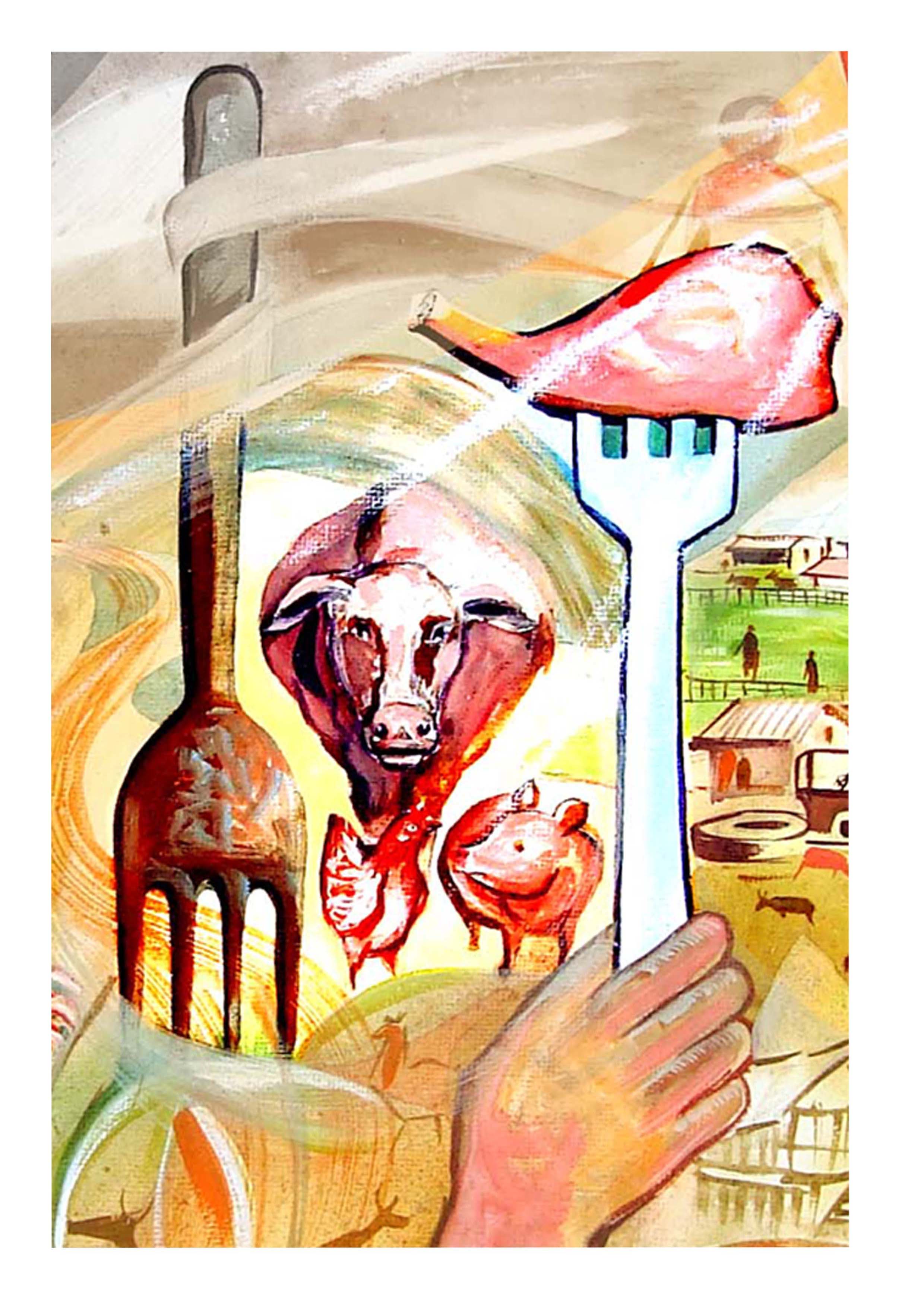
The conclusions entail a three-fold political message from the member states who agreed to ensure:
In October 2020, the Council adopted a set of conclusions on the strategy, endorsing the goal of developing a European sustainable food system, from production to consumption. The Council, mostly in its agriculture and fisheries configuration, will analyse and form its position on the upcoming legislative proposals with a view to adopting EU legislation, following the ordinary legislative procedure.Ĭonclusions on the 'farm to fork' strategy The 'farm to fork' strategy envisages a number of legislative and non-legislative actions to be proposed by the Commission. Common agricultural policy 2023-2027 (background information).The CAP policy is therefore strongly intertwined in its goals with the 'farm to fork' strategy. Modernising agriculture by developing more sustainable farming practices, while protecting nature and fighting climate change, is among the key objectives of the common agricultural policy (CAP) reform. Biodiversity: how the EU protects nature (background information).The 'farm to fork' strategy is aligned with the 2030 EU biodiversity strategy - the two proposals being presented as complementary. The transition to a more environmentally-friendly food system will generate new business opportunities which have a positive impact on the revenues of agri-food operators.Ī more sustainable food system will also help protect Europe's nature and biodiversity. front-of-pack nutrition labelling and sustainable food labelling.The strategy foresees a number of initiatives and legislative proposals, among others, on: European Council President's speeches and statements.Food for the world: What EU countries are doing to mitigate the impact of Russia’s war.8 ways life in the EU is becoming greener.What does holding the presidency of the Council of the EU mean?.EU response to Russia's invasion of Ukraine.Paschal Donohoe, President of the Eurogroup.

Charles Michel, President of the European Council.The increasing recurrence of droughts, floods, forest fires and new pests are a constant reminder that our food system is under threat and must become more sustainable and resilient. The current pandemic is just one example. It is clear that we need to do much more to keep ourselves and the planet healthy. It has also made us acutely aware of the interrelations between our health, ecosystems, supply chains, consumption patterns and planetary boundaries. The COVID-19 pandemic has underlined the importance of a robust and resilient food system that functions in all circumstances, and is capable of ensuring access to a sufficient supply of affordable food for citizens. Ensuring a sustainable livelihood for primary producers, who still lag behind in terms of income2, is essential for the success of the recovery and the transition. A shift to a sustainable food system can bring environmental, health and social benefits, offer economic gains and ensure that the recovery from the crisis puts us onto a sustainable path1. All citizens and operators across value chains, in the EU and elsewhere, should benefit from a just transition, especially in the aftermath of the COVID-19 pandemic and the economic downturn. The strategy is also central to the Commission’s agenda to achieve the United Nations’ Sustainable Development Goals (SDGs). It addresses comprehensively the challenges of sustainable food systems and recognises the inextricable links between healthy people, healthy societies and a healthy planet.

The Farm to Fork Strategy is at the heart of the Green Deal.


 0 kommentar(er)
0 kommentar(er)
